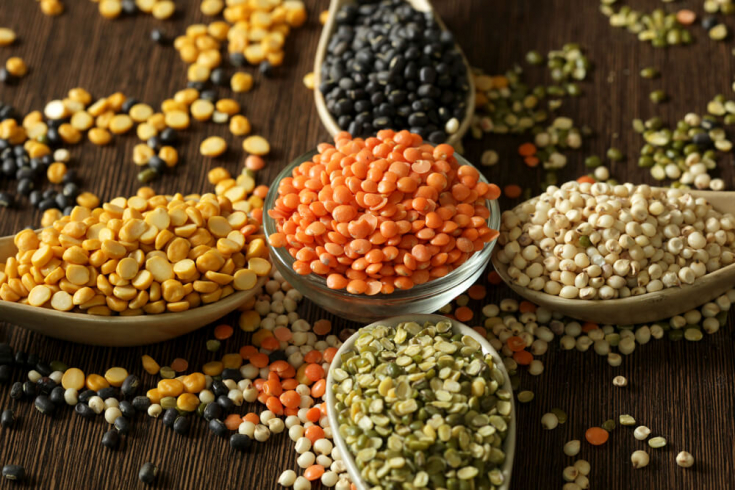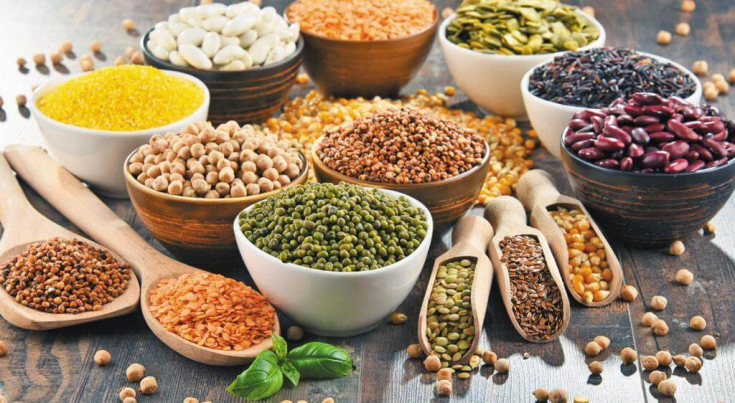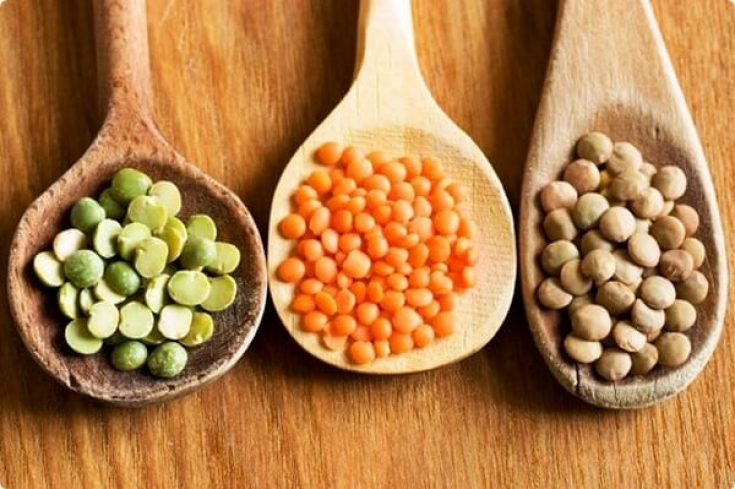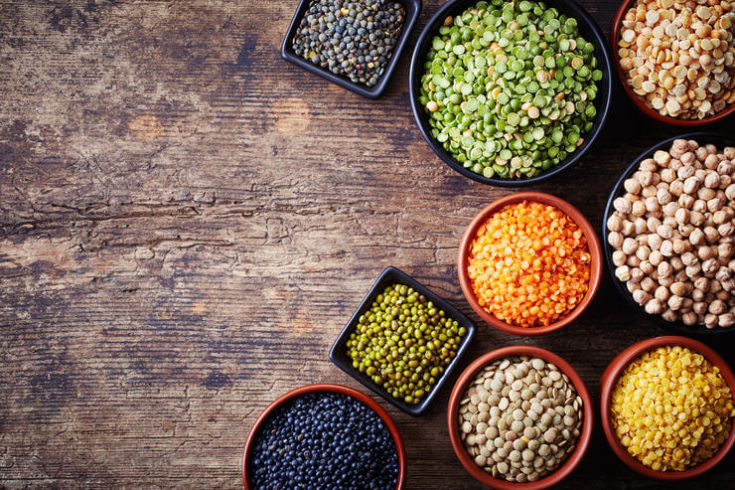The most diverse legumes have been one of the most important foods in the diet of millions of people around the world since ancient times. Moreover, in some countries, they form the basis of the daily diet. What is their value for the human body, what useful substances do beans, soybeans, peas, lentils and other, less well-known representatives of this rather extensive family contain? In addition, it is important to know in which cases it is worth refusing to use them or significantly reducing the portion of this product.
Together with estet-portal.com we offer to understand in detail what are the benefits and harms of legumes for the human body.
- Leguminous crops – vegetable protein source
- Legumes: a unique complex of vitamins and minerals
- Leguminous crops in the fight against excess weight
- Healing effects of legumes on the human body
- How legumes harm human body
Legus – vegetable protein source
Modern nutritionists consider peas, lentils and beans, so familiar and familiar to everyone since childhood, to be among the most useful foods that are strongly recommended to be included in your daily diet. Their use is especially relevant for those who have decided (for a while or completely) to abandon the use of animal products. Why? Legumes – An excellent source of vegetable proteins, they will help compensate for the lack of meat on your plate. We have long been accustomed to seeing "soy meat" on the shelves of supermarkets. and put up with the presence of soy proteins in the composition of a huge number of popular products. But why is the vegetable protein present in peas, beans or chickpeas so valuable for us?
Favorite and unloved since childhood: which porridge is healthier

As you know, the consumption of animal products leads to an increase in the level of "bad" cholesterol, the excess of which causes the appearance of cholesterol plaques that clog blood vessels and cause atherosclerosis. Unlike meat, legumes do not contain animal fats, so eating them helps to optimize cholesterol levels in the blood.
Legumes: a unique complex of vitamins and minerals
Like the vast majority of plant products, legumes contain many valuable vitamins and minerals.
Follow us on Facebook!

Among vitamins, nutritionists note a high content:
• ascorbic acid (vitamin C), which is responsible for the immune defense of the body;
• nicotinic acid (vitamin PP), which ensures the normal course of redox processes and regulates nervous activity;
• retinol (provitamin A), necessary for the functioning of the immune system and preventing visual acuity deterioration.
How to strengthen immunity with the help of products
In addition, each of the representatives of the vast family is characterized by the presence of a unique complex of minerals.
B well-known and familiar peas and beans contain compounds of calcium, magnesium, phosphorus and potassium, but lentils have a record iron content.
Leguminous crops in the fight against excess weight
Any person who has ever attempted to fight excess weight will confirm that very often the feeling of hunger interferes with achieving more or less noticeable results. A large amount of complex carbohydrates and fiber contained in grains of legumes – a real salvation for those who dream of a slim figure! However, dietary fiber not only gives a long-lasting feeling of satiety. In fact, their functions are much broader: they stimulate intestinal motility, contributing to its timely cleansing, and help remove toxins from the body.
Nutriticians recommend avoiding the combination of legumes with meat products or mushrooms in the same meal.
In addition, legume dishes are advised to eat at lunchtime, as they are too heavy for breakfast or dinner.
Healing effects of legumes on the human body
So, we have found that such crops contain a lot of vegetable protein, fiber, they are rich in various vitamins and minerals. But how does all this in combination affect the human body?

When eating legumes:
• digestion is activated;
• the composition of the intestinal microflora improves;
• cholesterol level normalizes;
• thanks to molybdenum compounds, the level of glucose in the blood is stabilized and
the production of an enzyme is activated, which is responsible for the removal of certain dangerous preservatives and food additives from the body;
• the presence of magnesium and potassium in legume fruits helps to strengthen the cardiovascular system;
• improves memory and performance;
• absorption of carbohydrates takes place without insulin,
menopause and to prolong youth.
How legumes harm the human bodyAny, the most useful product, can be harmful to health, if certain rules are not followed in the process of preparation and use, due to its characteristics. Legumes are no exception in this regard. Even if you really like to include dishes from soy, beans, lentils and peas in your menu, and generously flavor desserts with peanuts, you need to remember some features of these products so that their use does not harm your health.
Despite the undoubted legumes are beneficial, they create a very significant burden on the digestive organs, and therefore it is better to exclude them from the diet for gastritis, peptic ulcer and dysbacteriosis.
Fresh fruits contain the toxic compound phytohemagglutinin. Its concentration is especially high in red beans and black beans. Luckily,
Dried beans or black beans should be soaked for 12 hours before cooking. When cooking, it is necessary to remove the resulting foam, and cook for the first 10 minutes with intense boiling of water.
And of course, let's not forget that excessive consumption of legumes is fraught with bloating, which creates significant discomfort after eating.
Detox Body Cleansing
Nutriticians recommend eating legumes in moderation and not too often – no more than twice a week.So, a wide variety of legumes allow us to diversify and supplement our diet.

However, in order for them to bring maximum benefit and pleasure, follow the simple rules for their preparation:
• Dried fruits must be soaked before cooking.
• For cooking, a volume of water is required that is three times the volume of the selected product. For example, one glass of beans requires at least three glasses of water.
• Salt (as well as add any acidic ingredients) only after the product has been brought to full readiness.
• During cooking, try not to add cold water, this will impair the taste of the dish.
Products to increase hemoglobin: how to do without drugs
See more important and useful information on our YouTube:






Add a comment